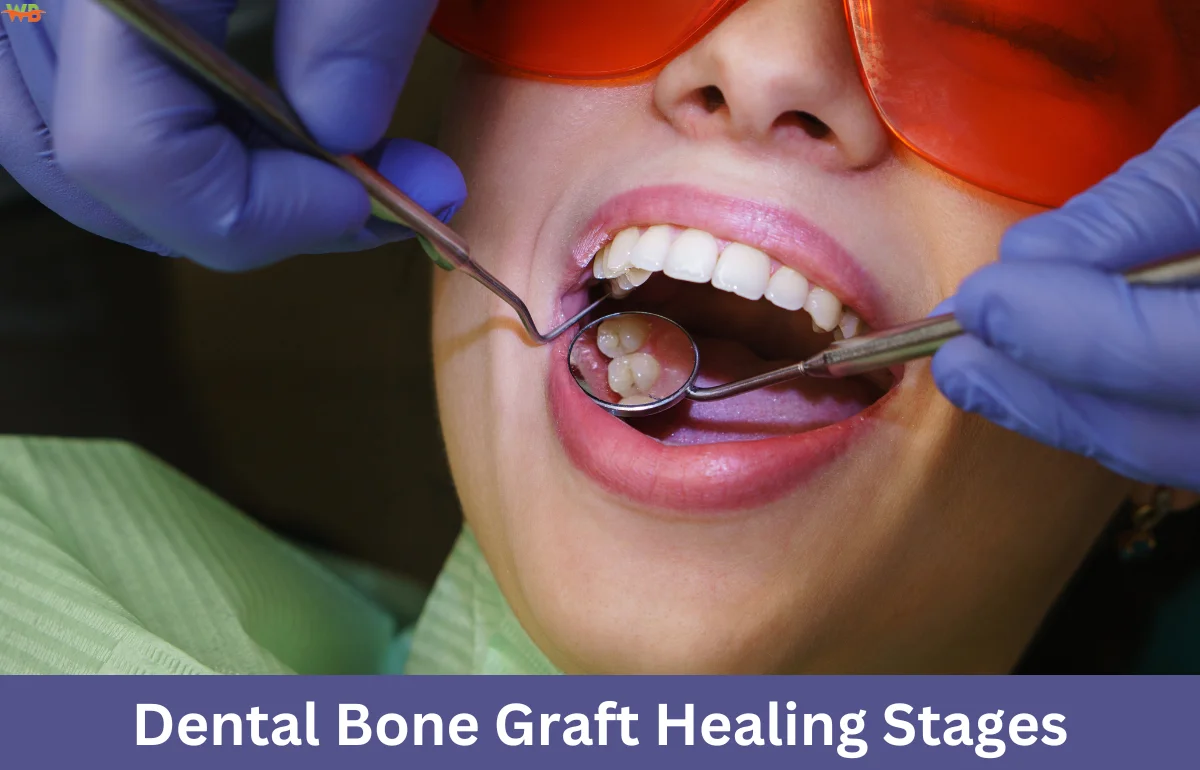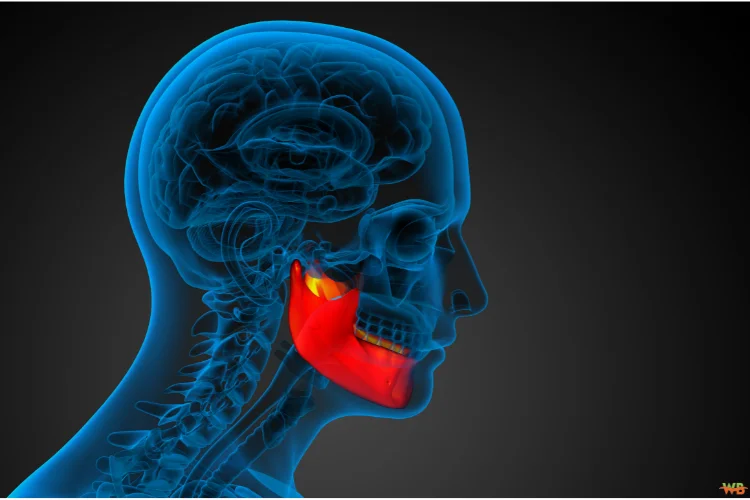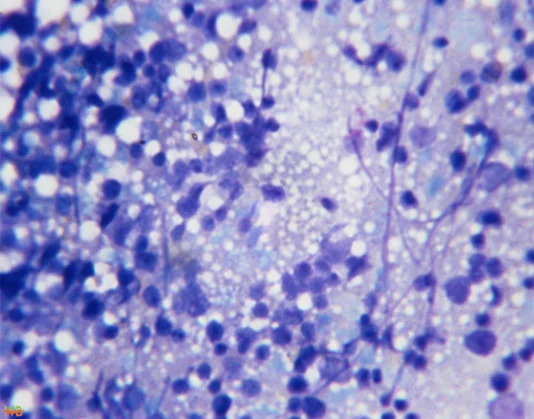
Dental bone grafting is a crucial procedure used to restore lost bone in the jaw, usually to support dental implants. After undergoing such a procedure, it’s essential to understand the dental bone graft healing stages to ensure proper recovery and optimal results. In this article, we will walk you through the various stages of healing after a dental bone graft, giving you a clear understanding of what to expect during your recovery journey.
What is a Dental Bone Graft?
Before we dive into the healing stages, let’s first discuss what a dental bone graft is. In simple terms, a bone graft is a surgical procedure in which bone material is added to the jawbone to encourage bone growth. This is typically necessary if the jawbone has been damaged or resorbed due to injury, gum disease, or tooth loss. The new bone material promotes healing, providing a stable foundation for dental implants.
Why is Bone Grafting Necessary?
Bone loss can occur for various reasons, and without a solid foundation, placing dental implants becomes difficult. A bone graft addresses this issue by augmenting the jawbone with new bone material, either from a donor, synthetic sources, or the patient’s own bone. Understanding the healing process of this procedure is essential for ensuring a successful outcome.
The Dental Bone Graft Healing Stages

The dental bone graft healing stages can be broken down into several phases. Each stage plays a vital role in ensuring that the graft successfully integrates with the jawbone. Let’s explore these stages in detail.
Stage 1: The Immediate Healing Phase (First Few Days)
In the first few days after your dental bone graft surgery, the body is focused on stopping any bleeding and starting the healing process. This is the inflammation stage, where the body works to protect the surgical area and prevent infection.
What to Expect:
- Swelling and discomfort: These are normal and can be controlled with prescribed pain medications and cold compresses.
- Blood clot formation: A blood clot forms at the surgical site to protect the graft and aid in initial healing.
- Bruising: Mild bruising may occur around the area of the surgery.
During this phase, it’s crucial to follow your dentist’s or surgeon’s aftercare instructions to avoid complications.
Stage 2: Early Healing Phase (1 to 3 Weeks)

In the early healing stage, the body begins to form new cells at the graft site. This is where bone formation starts to take shape as the body works to incorporate the graft into the jawbone. At this stage, new bone cells are forming, though they are still fragile.
What to Expect:
- Decreased swelling: After the initial inflammation, swelling should reduce significantly.
- Mild discomfort: You may still experience some mild pain, but this should begin to subside with the help of painkillers.
- Sensitivity: The surgical site may feel tender, and the area could be more sensitive to pressure.
At this point, it’s essential to avoid any strenuous physical activity that could disturb the graft site.
Stage 3: Intermediate Healing Phase (3 to 6 Months)
During the intermediate healing phase, new bone starts to replace the graft material. This stage is critical for achieving solid bone integration, as your body is now working to form a stable structure around the graft. The bone begins to mature, and blood flow increases to promote healing.
What to Expect:
- Healing continues: The bone continues to grow and integrate with the existing bone.
- X-rays may be taken: Your dentist may recommend X-rays to check how the bone is integrating.
- Limited discomfort: Any discomfort should be minimal by now, but you may feel some soreness when pressure is applied to the graft area.
At this stage, your dentist may advise a follow-up visit to monitor progress and ensure the graft is healing properly.
Stage 4: Advanced Healing Phase (6 Months to 1 Year)
The advanced healing phase is when the graft becomes fully integrated into the jawbone. It may take anywhere from 6 months to a year for the graft to fully mature and be ready for dental implant placement. During this stage, the new bone is strengthened and solidified, providing the necessary support for dental implants.
What to Expect:
- Full bone integration: The graft should now be fully integrated into your jawbone.
- No discomfort: By this point, you should experience no discomfort or sensitivity at the surgical site.
- Readiness for implants: Your dentist will determine if the graft has matured enough to proceed with implant placement.
This stage marks the end of the grafting process and the start of the next phase—implant placement.
Dental Bone Graft Healing Stages: Factors Affecting the Healing Process

While the dental bone graft healing stages above are typical for most patients, several factors can influence how quickly or effectively the graft heals. Understanding these factors can help you optimize your recovery.
1. Overall Health
Your general health plays a significant role in how well you heal. Conditions such as diabetes or immune system disorders can slow the healing process, so it’s essential to follow your doctor’s instructions closely.
2. Smoking
Smoking can impede blood flow and hinder the healing process. If you smoke, you should try to quit before and after the procedure to ensure optimal recovery.
3. Post-Operative Care
Following post-operative care instructions is crucial to ensure that the graft heals properly. This includes taking medications as prescribed, avoiding certain foods, and not disturbing the graft area.
4. Infection
Infection is one of the most common complications following dental surgery. It’s essential to maintain proper oral hygiene and avoid touching the graft site with dirty hands to reduce the risk of infection.
Dental Bone Graft Healing Stages: Tips for Supporting the Healing Process
During the dental bone graft healing stages, there are several ways you can promote healing and ensure the best results.
- Eat soft foods: Stick to soft foods like soups, smoothies, and mashed potatoes for the first few weeks to avoid disturbing the graft.
- Stay hydrated: Drinking plenty of water helps with recovery and overall health.
- Maintain good oral hygiene: Brush and floss carefully to avoid infection. Your dentist may provide a special mouthwash to use after the procedure.
- Avoid physical activity: Refrain from strenuous activities or heavy lifting for a few weeks to prevent disrupting the graft.
When to Contact Your Dentist
While discomfort and swelling are common during the healing process, there are a few signs you should look out for that may indicate a problem with your dental bone graft. In case you observe any of the following, it’s crucial to get in touch with your dentist as soon as possible:
- Severe pain or swelling that doesn’t subside
- Signs of infection, such as fever or pus drainage
- Unusual bleeding that doesn’t stop
- A feeling of the graft shifting or moving
Conclusion: Dental Bone Graft Healing Stages and What to Expect
Understanding the dental bone graft healing stages is essential for anyone considering or recovering from a dental bone graft. Each stage plays a vital role in ensuring the success of your graft and the eventual placement of dental implants. By following proper aftercare instructions, maintaining good health, and taking necessary precautions, you can ensure that your recovery is as smooth as possible.
Remember, if you’re uncertain about any part of the healing process or if you experience unexpected symptoms, don’t hesitate to reach out to your dentist. Proper communication and care are the keys to a successful recovery and a beautiful, lasting smile.
